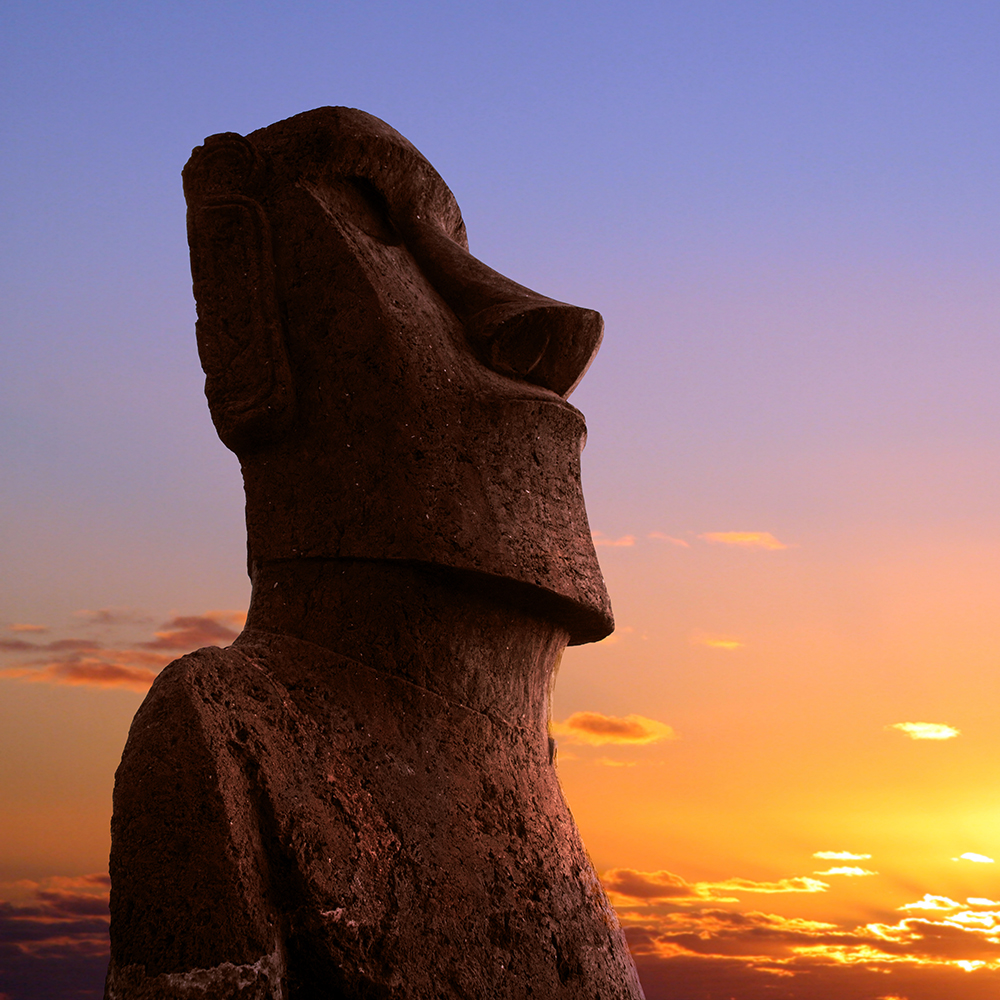Hopi FAQs
Hopi FAQs
Hopi FAQs

Where do Hopi believe they originated from?
The Hopi people believe that they originated from the Grand Canyon. They believe that their ancestors emerged from the innermost depths of the canyon and gradually migrated northward, eventually settling in the mesas and plateaus of northern Arizona.
What are the Hopi beliefs?
The Hopi people are a Native American tribe that has lived in the Southwest for centuries.
Their religious beliefs are based on the idea that there is a continuous cycle of life and death, and that we all have a responsibility to care for the earth. They believe in many gods and spirits, including the spirit of the earth, which they call Maasau’u.
The Hopi see environmental destruction as a sign that we are not living in harmony with nature, and they believe that we must change our ways if we want to avoid disaster. They have a strong sense of community and are committed to preserving their culture and traditions.
What does the Hopi symbol mean?
The Hopi symbol is a visual representation of the tribe’s philosophy and world view. The three black lines that intersect in the center represent the three worlds that make up the tribe’s cosmology – the underworld, this world, and the next world. The two curving white lines above and below the center line represent water, which is essential to life in all worlds. The blue line at the top of the symbol represents sky, and signifies spiritual power.
Are Hopi Aztecs?
There is no one-size-fits-all answer to this question, as it depends on how you define “Hopi” and “Aztec.” Generally speaking, the Hopi people are an indigenous North American tribe who inhabit the Hopi Reservation in northeastern Arizona, while the Aztecs were a Mesoamerican civilization who once inhabited what is now Mexico. However, there are some similarities between the two cultures. For example, both the Hopi and Aztecs were polytheistic societies who believed in a pantheon of gods and goddesses, and they both practiced ritual sacrifice. Additionally, both cultures prized maize (corn) as a sacred crop.
Are Hopi and Zuni related?
There is no definitive answer to this question, as there is some debate over the matter. Some experts believe that the two tribes may be distantly related, while others contend that they are not related at all. However, there is evidence that suggests that the two groups may share a common ancestor.
What is known for certain is that the Hopi and Zuni tribes both inhabited what is now known as the American Southwest, and they both have similar cultures and traditions. Additionally, both groups speak languages that are believed to be derived from the same ancestral language. So while there is no firm evidence to support a definite connection between the two tribes, it’s possible that they may be related after all.
What is a Kachina spirit?
Kachina spirits are an important part of the religious traditions of the Pueblo people of the American Southwest. Kachinas are believed to be supernatural beings who live in the spirit world, and who can take on many different forms, both human and animal. They are said to be able to help or harm humans, depending on their mood, and during religious ceremonies Pueblo people will often pray for help from specific Kachinas.
The Kachina tradition is a complex one, and there is no one answer to this question that can do it justice.
What is the Fourth World Hopi?
The Fourth World Hopi is a phrase used to describe the Hopi people after they were relocated to the Tohono O’odham Nation in 1917.
The term “Fourth World” comes from the idea that there are three previous worlds that have already passed, and the Hopi people are currently living in the fourth world. The first world was a time of innocence and beauty, before humanity’s fall from grace. The second world was a time of war and chaos, and the third world was a time of suffering and darkness.
The phrase “Fourth World Hopi” refers to the fact that the Hopi people are now living in a state of darkness and suffering, as a result of their forced relocation.
Why do Navajo and Hopi disagree?
The Navajo and Hopi tribes have a long history of disagreements over land, water rights, and cultural differences.
The Navajo tribe was originally from the far north, but migrated to the Arizona and New Mexico region in the 1500s. The Hopi tribe is indigenous to the area and has lived there for centuries.
One of the main sources of conflict between the two tribes is over water rights. The Navajo rely on water from the Colorado River for farming and drinking, but the Hopi claim that this water is sacred and should only be used for ceremonial purposes.
The two tribes also have different cultures and religions. The Navajo are primarily Christians, while the Hopi follow traditional beliefs.
Where are the Hopi ruins?
The Hopi ruins are located in Arizona, in the southwestern United States. They are situated on a mesa overlooking the Little Colorado River valley. The ruins date back to around 1100 AD, and they were once home to the Hopi people. Today, the ruins are a popular tourist destination and they are managed by the National Park Service.
